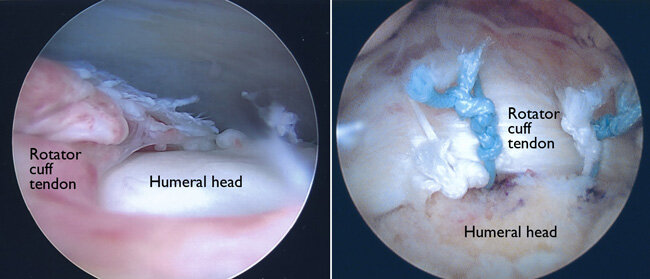This is part 2 of our discussion on shoulder arthritis. Previous posts include:
What is shoulder arthritis?
Pain is by far the most common symptom of arthritis of the shoulder. This pain is normally aggravated by activity and worsens over time. The pain may be felt as a deep ache or may be centered in the back of the shoulder. This pain also normally intensifies with changes in the weather. Night pain is also incredibly common with most shoulder problems.
Decreased range-of-motion is also very common with shoulder arthritis. This may be secondary to pain or may be from a tight shoulder capsule or bone spurs.
Please stay tuned for more posts on the diagnosis and treatment of shoulder arthritis.
I want to give everyone an update of the situation involving COVID-19 in our clinic. We have canceled all non-emergent or non-urgent surgeries until June 1. We’ve also canceled all non-urgent or emergent orthopedic clinic visits at the Everett clinic. Our Edmonds and Smokey Point locations are temporarily closed. We will be seeing patients in our Everett location daily. We are also trying to implement possible virtual video visits. I will keep you updated with any new information. If you have questions or have an urgent or emergent orthopedic issue, please call our clinic at 425-412-1875.
This is part 1 of our discussion on rotator cuff repairs.
Previous posts on rotator cuff include:
Rotator cuff surgery is a very generic term that encompasses many different procedures. They can be as minimal as a debridement of the bursa and the rotator cuff with possible removal of any bone spurs called a “smooth and move” procedure. This procedure is normally reserved for partial rotator cuff tears or rotator cuff tears that are old or have poor tissue quality. If you have a complete tear of your rotator cuff with good tissue quality and desire a return to an active lifestyle, you may be candidate for a rotator cuff repair.
A rotator cuff repair is most commonly done by stitching the tendon back to its original site on the humerus. In active patients who have a old, complete tear with poor tissue quality, the options are more limited, unfortunately. Luckily, a new procedure called the superior capsular reconstruction may help restore some shoulder function that would otherwise be impossible.
